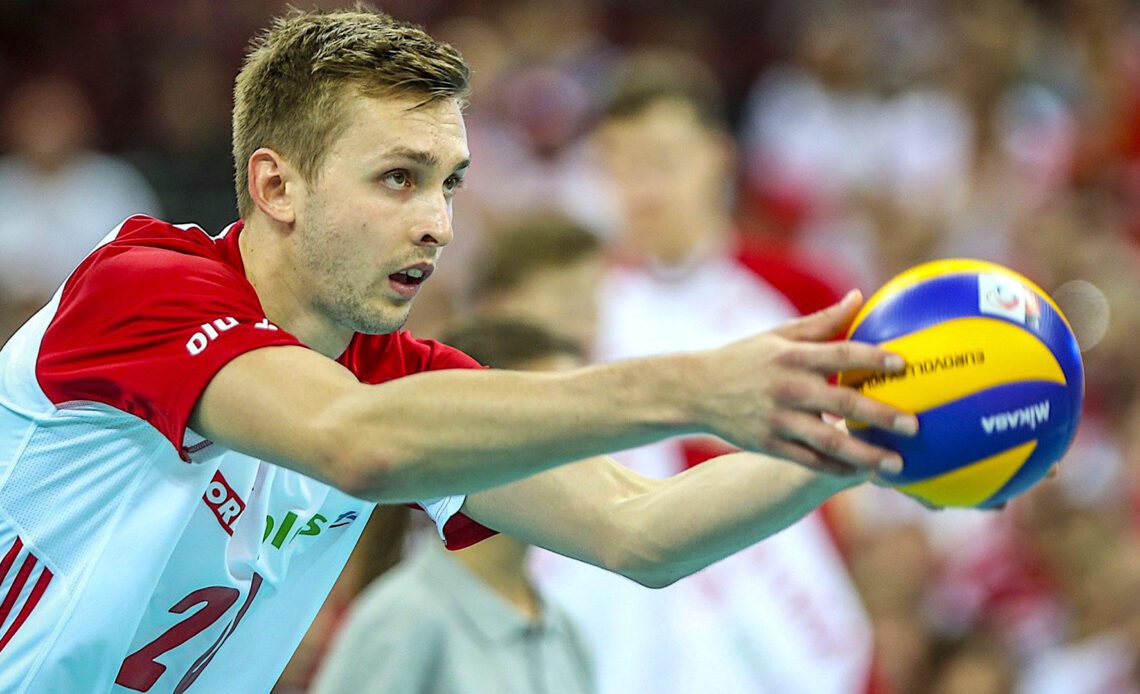In sports and events, gamification has become a potent tool for increasing the spectator experience. Gamification may make the fan experience more sophisticated, engaging, and pleasant by applying game concepts and components into fan engagement techniques. Using game-like aspects, such as competition, incentives, challenges, and milestones, to engage fans, encourage their involvement, and foster a feeling of community and enthusiasm is known as gamification in the context of sports and events.
What Is Gamification and How Does It Work?
The technique of integrating game-like aspects into non-gaming environments is known as gamification. This is often done to engage and motivate users to complete specific tasks. It entails utilizing game design principles and mechanics to produce a fun and engaging experience that motivates users to take part, learn, and finish tasks.
The fundamental idea behind gamification is to capitalize on people’s innate need for praise, incentives, and a sense of success. Gamification tries to boost the enjoyment, engagement, and motivation of tasks or activities by utilizing these intrinsic motivators. This can increase participation, retention, and desirable behaviors.
Gamification fan engagement difficulties
While gamification may be a strong tool for audience engagement, corporations may need help with applying gamification tactics. An explanation of the major issues of gamification for fan engagement is as follows:
Sustainability
Long-term engagement can be challenging to maintain since players may lose interest or get used to the game mechanics over time. This issue also occurs often in the gambling industry – casino users may get bored after playing the same video game on repeat. But that’s not the case in live dealer sessions. Live casino is always entertaining because you get to meet new people whom you can chat with while playing, not to mention the offered bonuses and the professional dealers. You can find a more detailed explanation on the internet on how live dealer games work and how they improve sustainability. In short, gaming brands constantly update and renew gamified features, add new challenges or material, and give continuing prizes or incentives to keep users engaged.
Relevance
Gamification must be relevant to and engaging with the intended audience. Fans may only find the game interesting or entertaining if its mechanics or aspects resonate with their interests or preferences. To guarantee…
Click Here to Read the Full Original Article at VolleyCountry…

